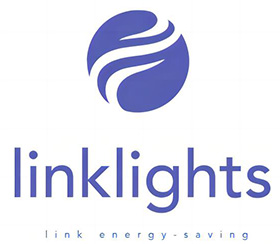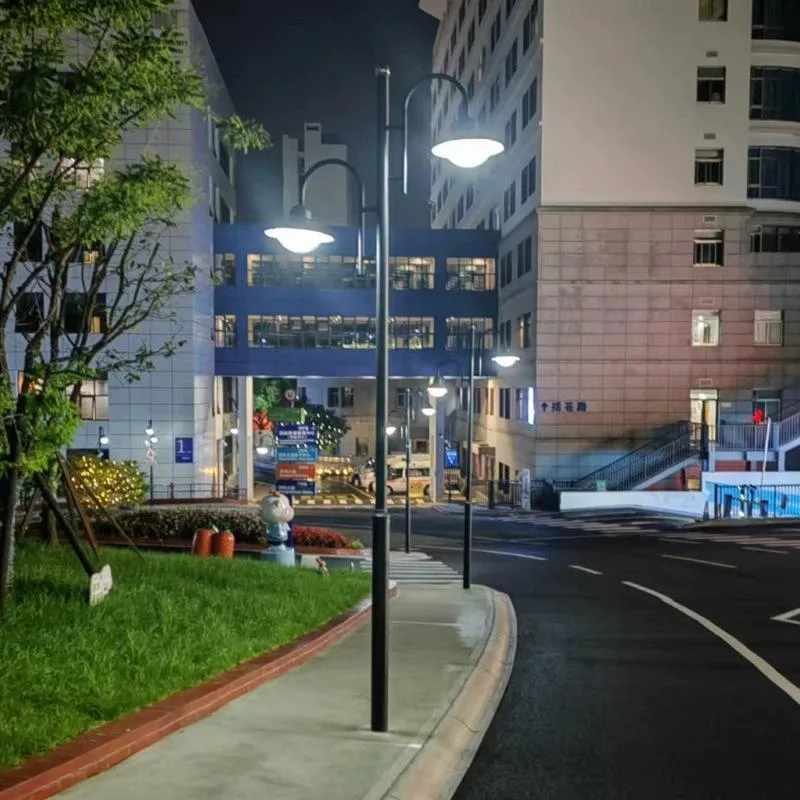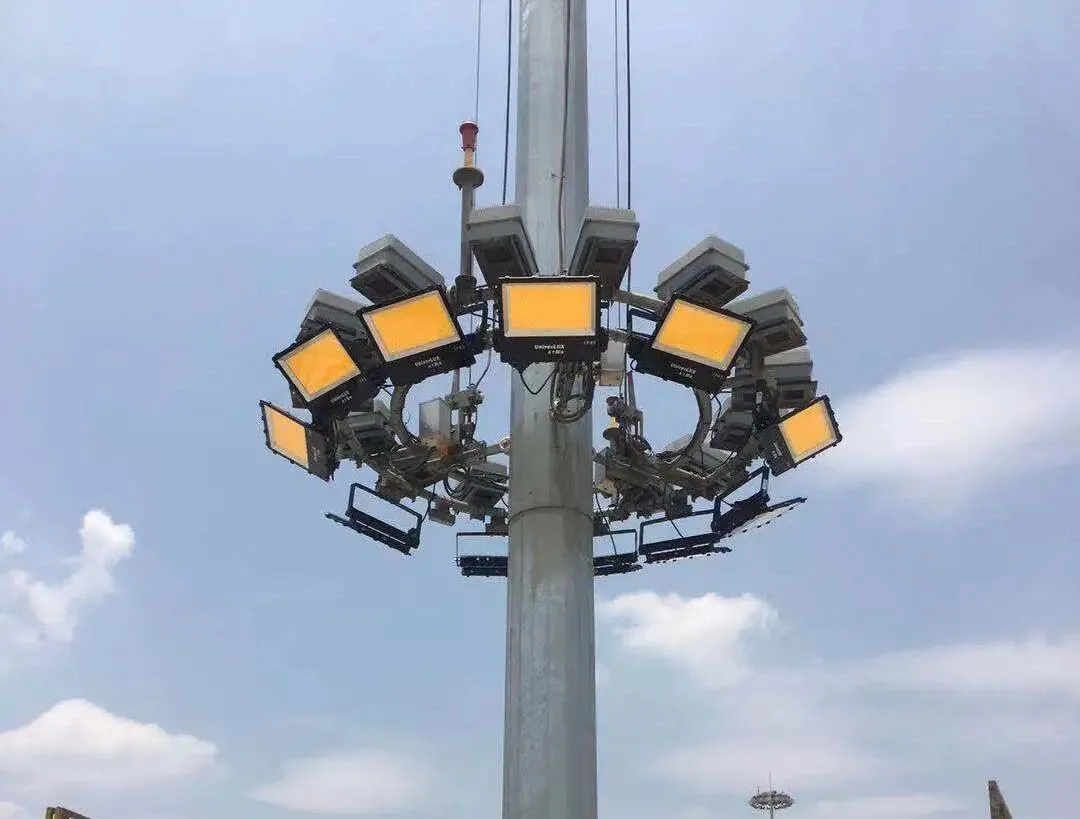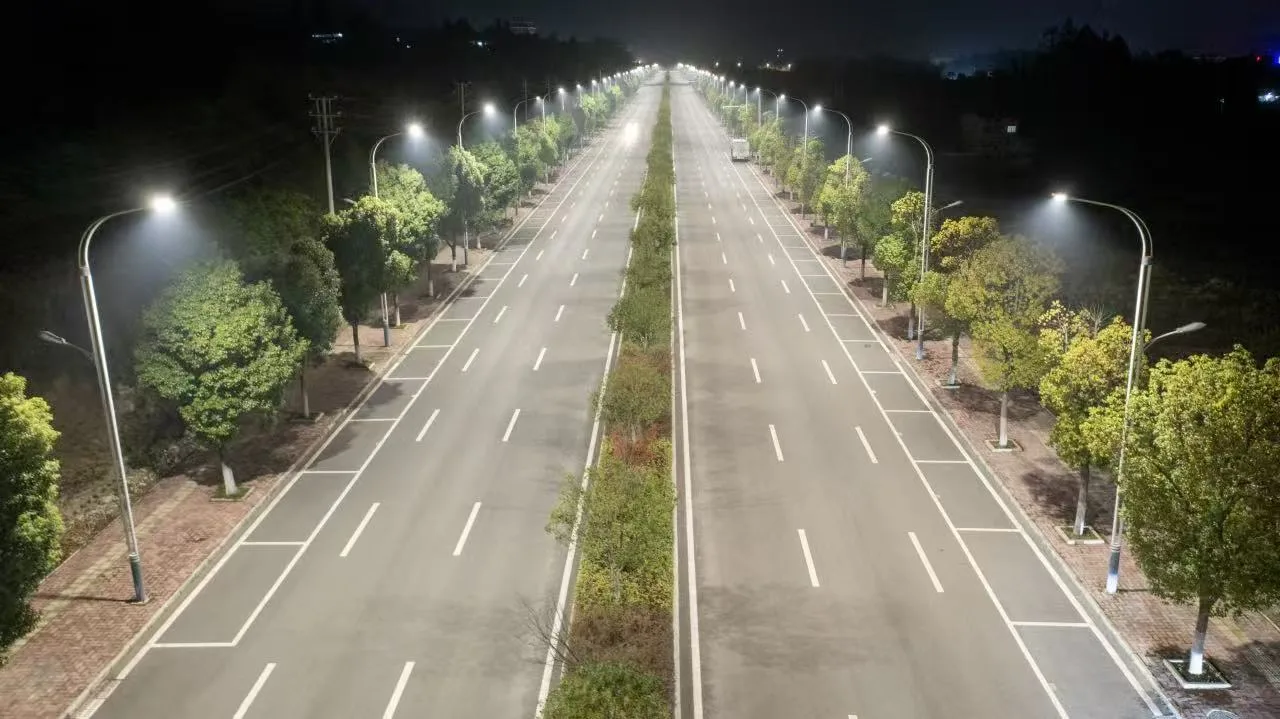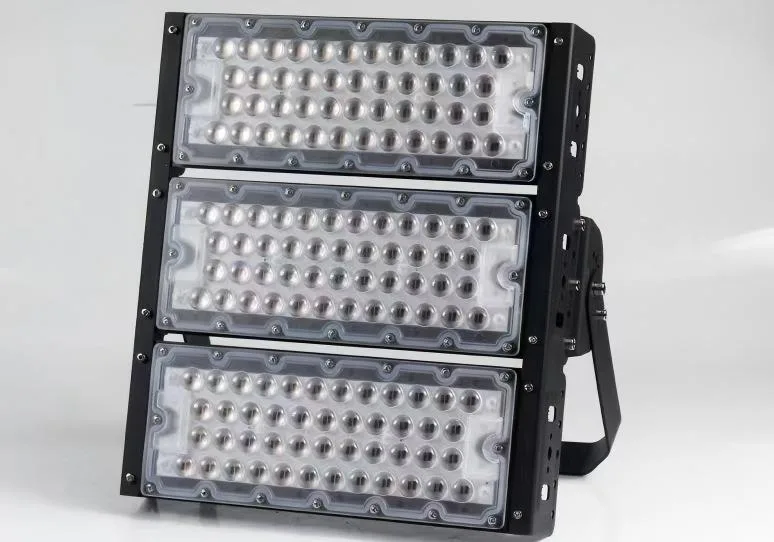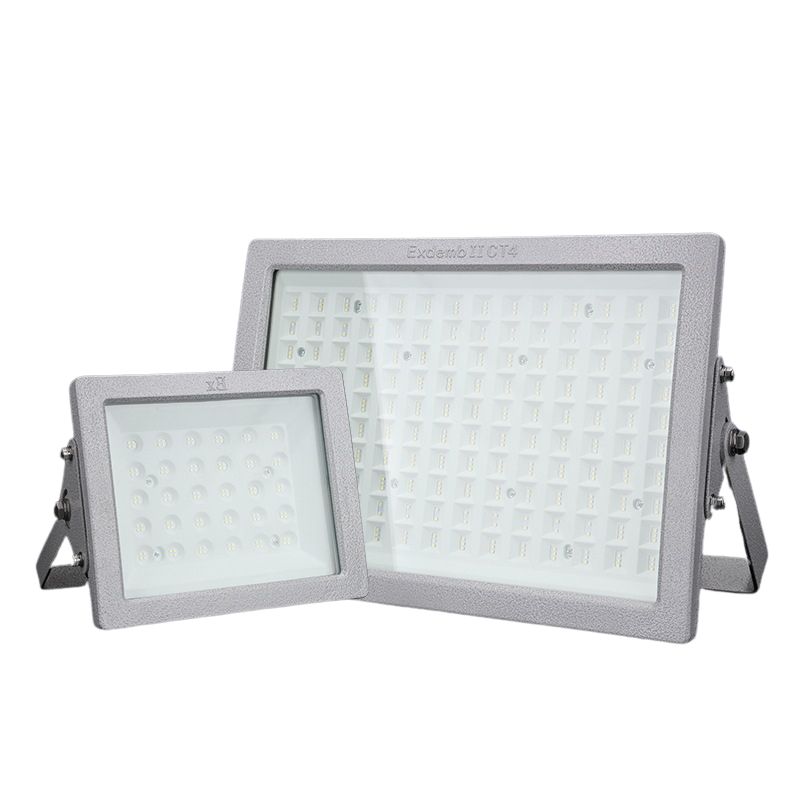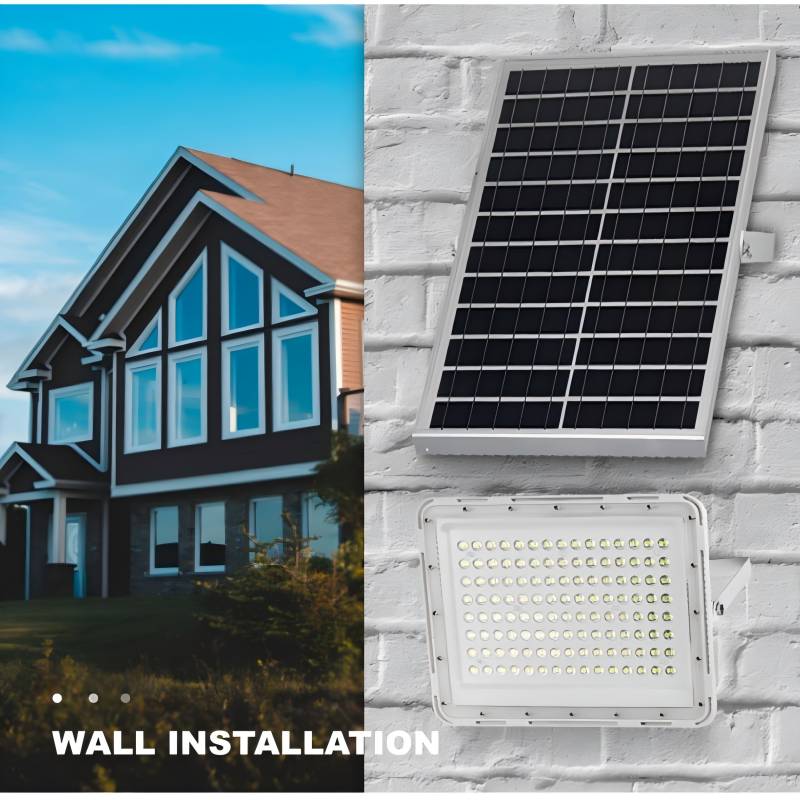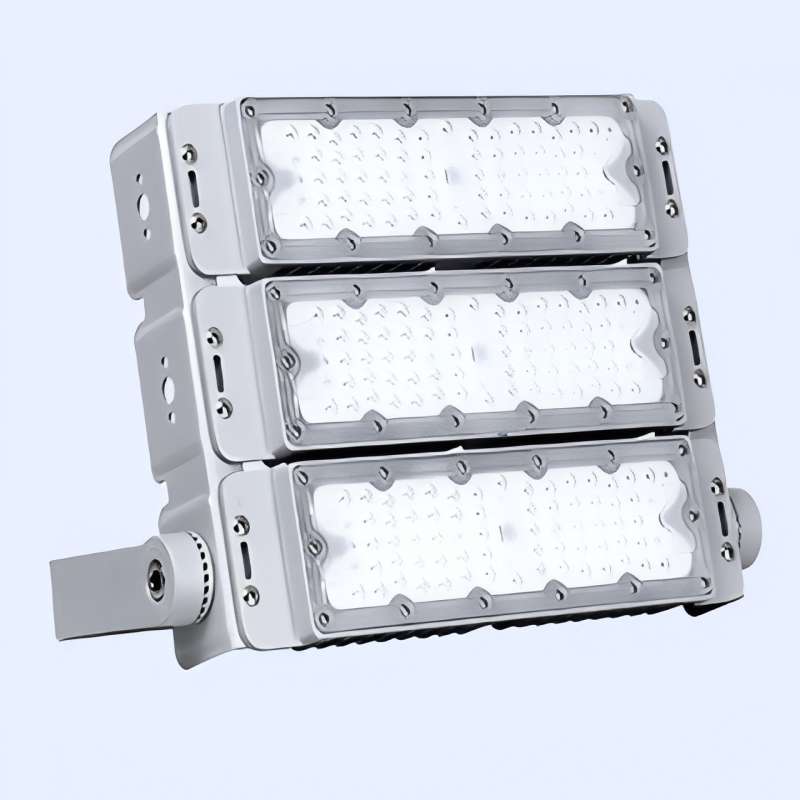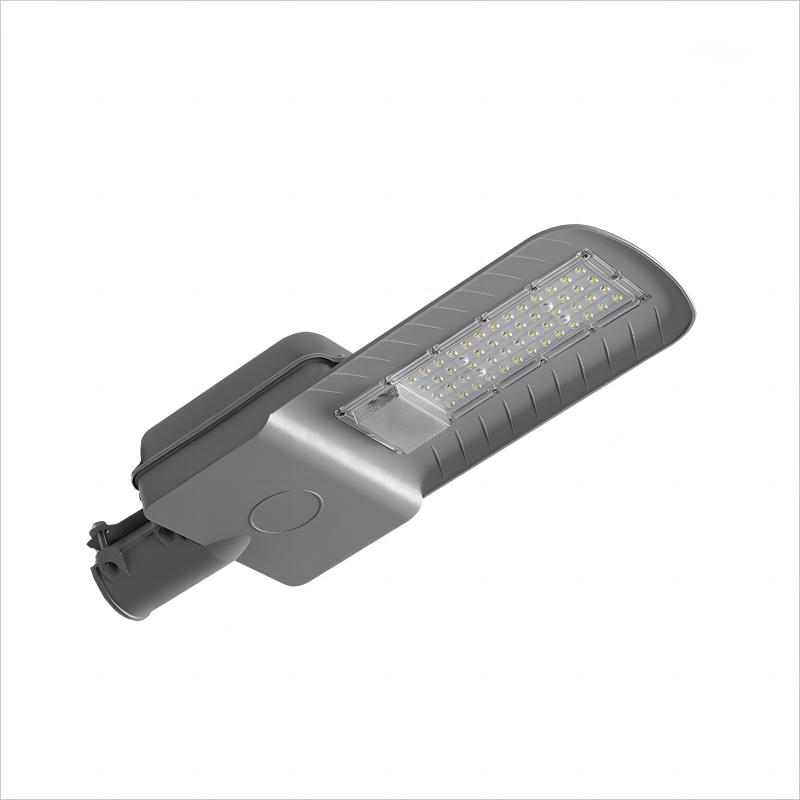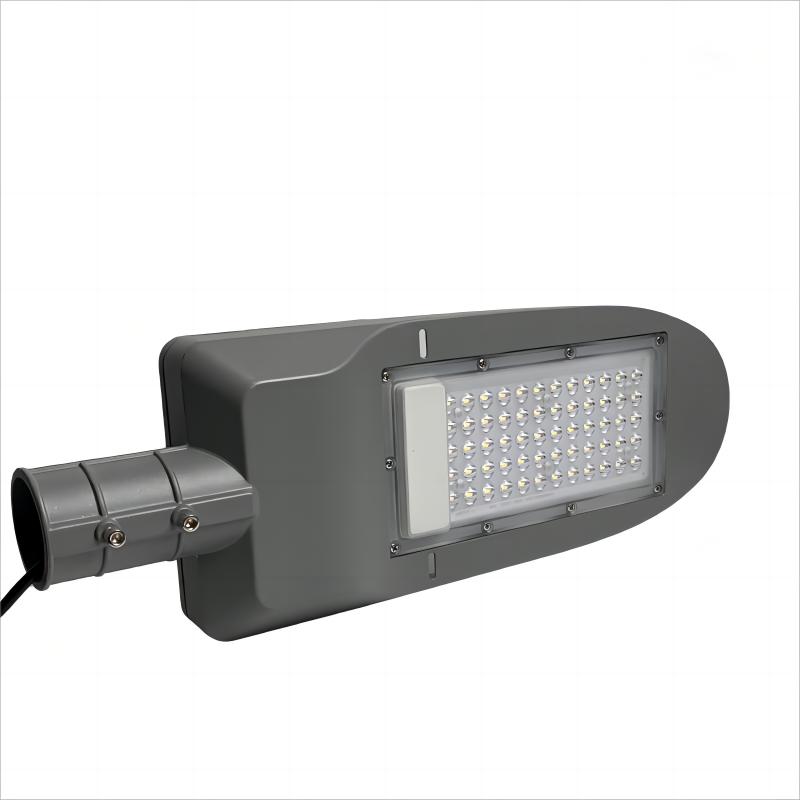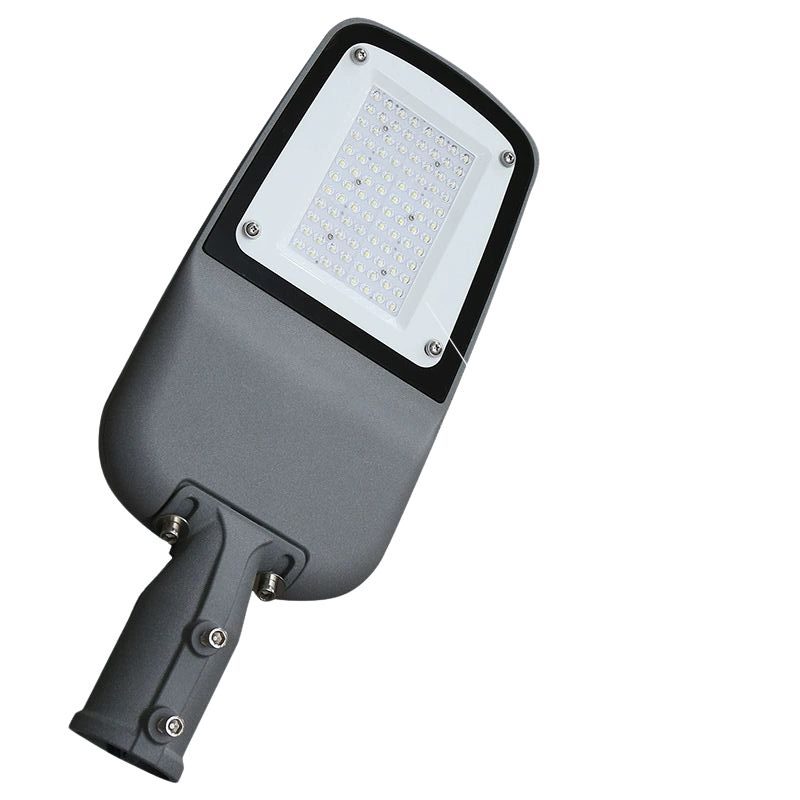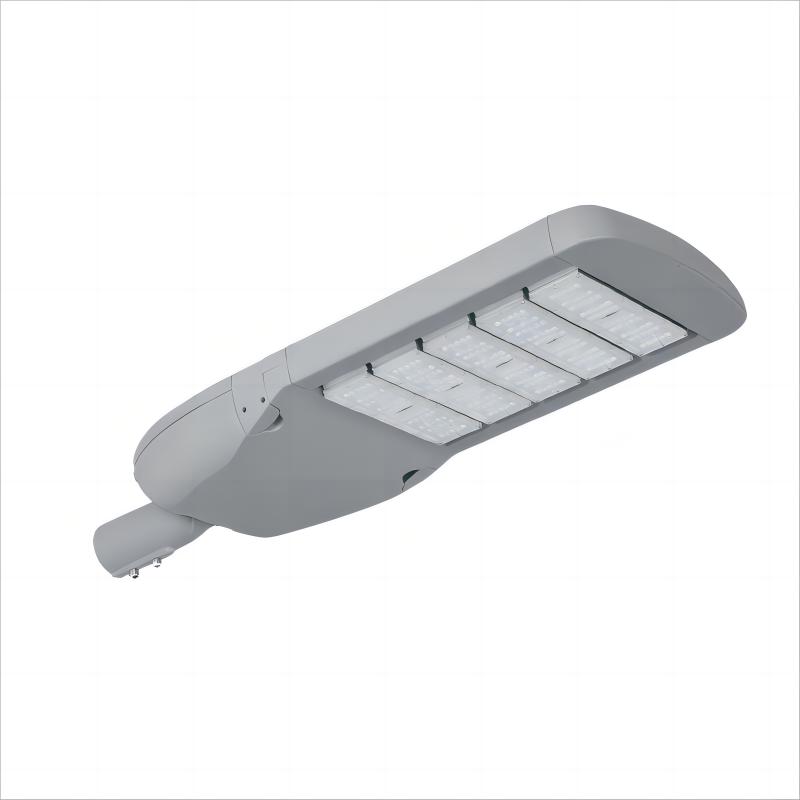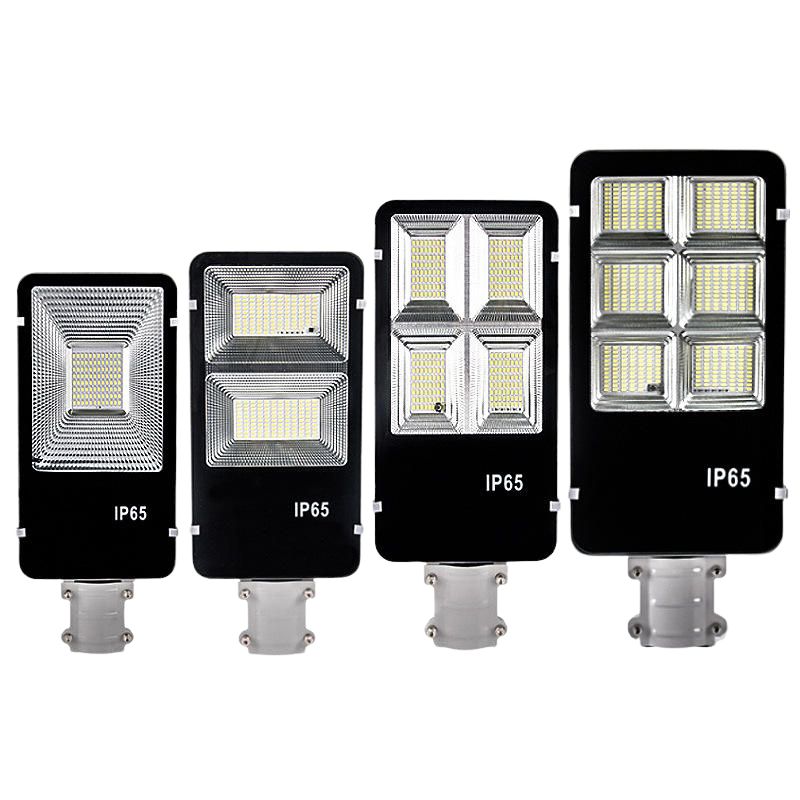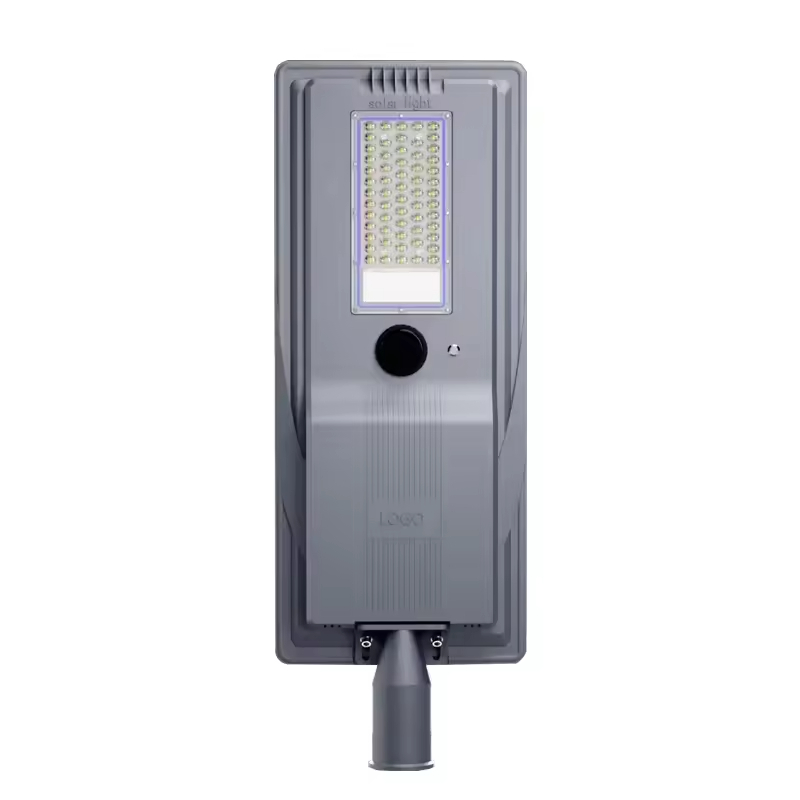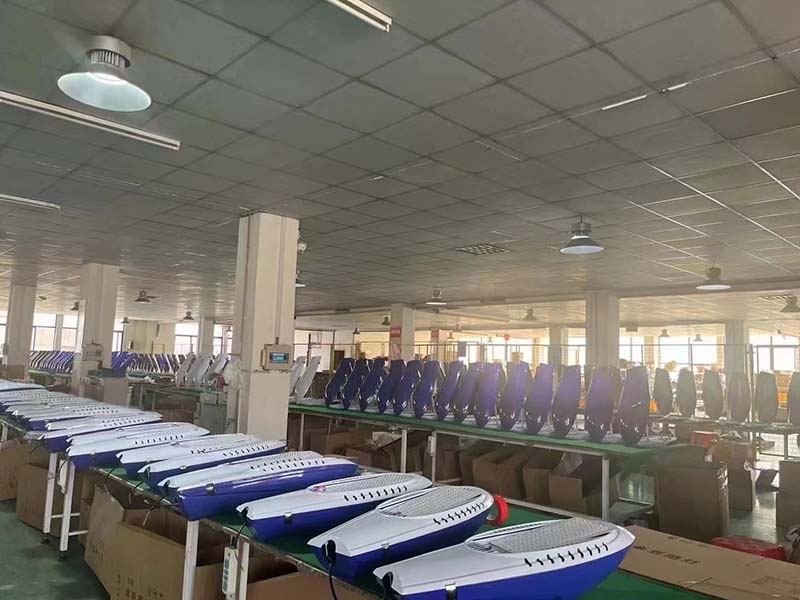Introduction: The Turning Point for led street lighting
Municipal street lighting is at a pivotal crossroads. Traditional systems—such as 250w metal halide lamp, a once-common main street lighting choice—are increasingly seen as inefficient, costly, and inadequate for modern urban environments. A recent case from an Australian urban lighting developer illustrates the challenge clearly: under existing metal halide lighting, measured street-level illuminance was only 10 lux—far below the international standard of 20–30 lux. These outdated lamps not only consume high amounts of energy but also suffer from poor reliability and expensive maintenance.
In contrast, modern street lamp based on LED technology offer a smarter, more sustainable solution. Cities around the world are now embracing retrofit kit led as the new standard—not just for better lighting performance, but also for long-term savings and infrastructure modernization.This guide draws from hands-on experience and proven practices to help you transition confidently from legacy MH systems to high-efficiency LED technology.
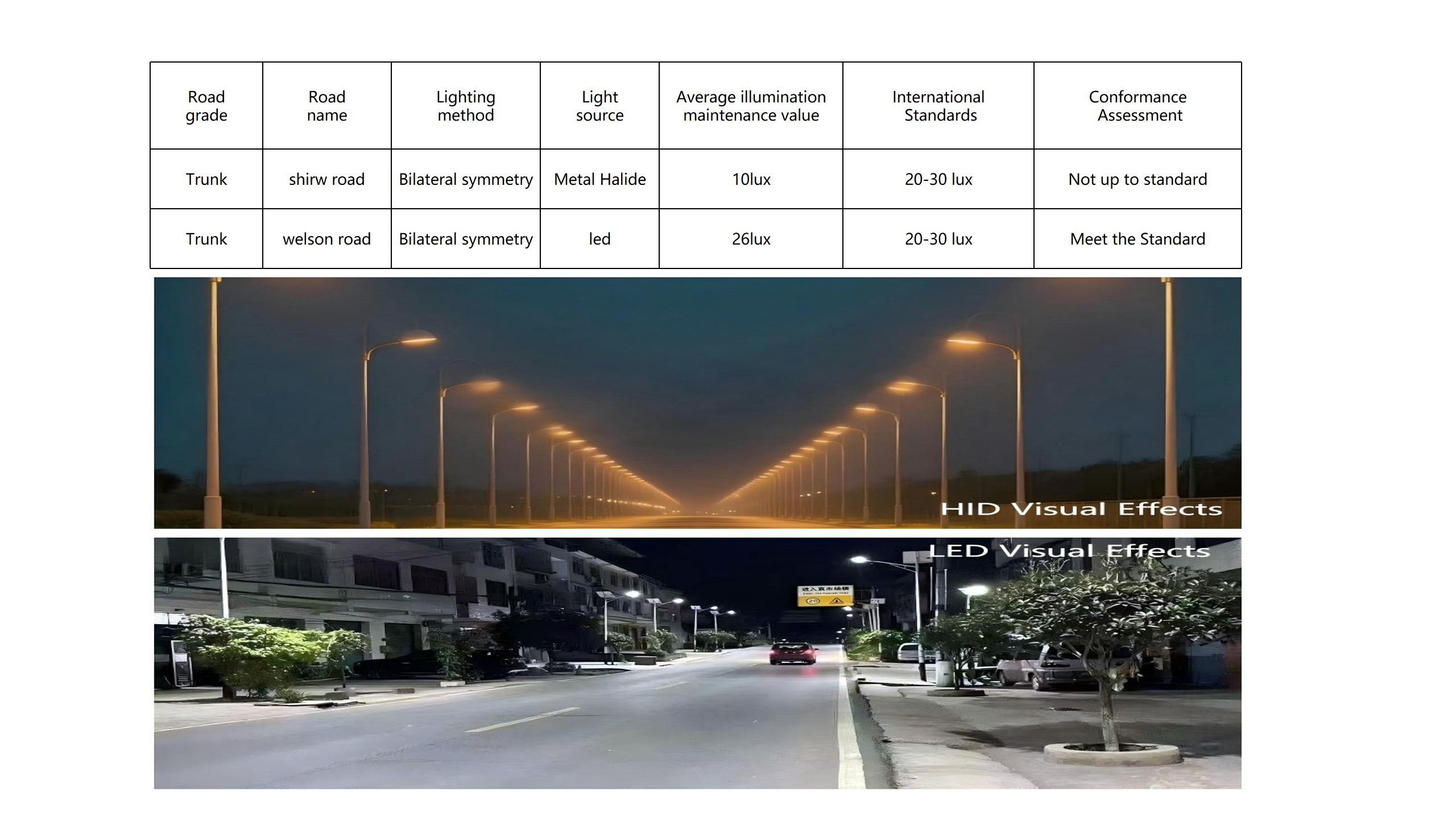
Understanding metal halide lights
what is a metal halide light?
A metal halide light is a type of high-intensity discharge (HID) lamp commonly used in outdoor and industrial applications, These include street lighting fixtures, sports lighting for stadiums and arenas, and illumination for large open areas such as parking lots. It emits a bright white light but often with a bluish or yellowish tint.
How Does a metal halide light fixture Work?
metal halide lamps produce light by passing an electric arc through a gaseous mixture of vaporized mercury and metal halide compounds (such as sodium or scandium halides) within a quartz or ceramic arc tube. This arc excites the gas molecules, which emit light when returning to their ground state.
what is led street light?
what is led street light?
An LED (light emitting diode led) street light uses solid-state lighting technology that converts electricity directly into visible light using a semiconductor. It is now the preferred lighting solution for modern roads, highways, and smart city infrastructure.
how does a led work?
An LED consists of a semiconductor chip that emits light when current flows through it. Unlike traditional lighting, it doesn’t rely on gas or filaments but instead uses electroluminescence to produce light efficiently and instantly.
Key Characteristics:
Instant on/off: No warm-up time.
Color temperature: Highly customizable (2700K–6500K).
Efficiency: 130–200+ lumens per watt.
Lifespan: 50,000 to 100,000 hours.
Light quality: Stable output with excellent color rendering and directional control.
led lights vs halogen street lights: A Practical Comparison
In modern lighting technology, halogen lamps and led street lamp are two mainstream light sources, but they differ significantly in performance.Today, let’s analyze their differences comprehensively from six aspects: led street light efficiency, brightness, lifespan, technical principles, color temperature, and led street light cost
Energy Efficiency and power savings of led street
led street lamps are highly energy-efficient. They can convert most of the electrical energy directly into light, with an efficiency typically reaching 100–200 lumens per watt (lm/W). In contrast, under the same brightness conditions, halogen lamps usually offer only 10–20 lm/W. This means that led street lamp power consumption is significantly lower, allowing them to deliver equivalent brightness while using much less electricity.
Brightness Difference: Significant Lumen Gap
A 55W metal-halide lamp typically produces around 1000 lumens, whereas an LED lamp with only 20W can reach 3000–4000 lumens. This means LED lamps provide 3–4 times the brightness of halogen lamps for the same power consumption. Additionally, LED lights offer more uniform light distribution, improving nighttime driving visibility.
Lifespan
The average lifespan of a metal halide lamp is only 500 hours, leading to frequent replacements and higher usage costs. In contrast, an led light street lamp has a theoretical lifespan of up to 50,000 hours. Even with 8 hours of daily use, it can last about 17 years.This difference stems from their technology: LEDs have no filaments to wear out, making them far more stable. This not only reduces led street light replacement frequency but also lowers maintenance costs—especially beneficial for long-term led outdoor street lighting.
Technical Principle: Tradition Meets Innovation
Metal halide lamps: Work by creating an electric arc that excites metal halides and mercury vapor in the bulb, producing plasma and emitting visible light at high temperatures—this is a form of thermal radiation.
street lamps led: Emit light through the recombination of electrons and holes in semiconductor materials, producing photons—a cold light source.
LEDs don’t require high temperatures to operate, minimizing energy loss and led street light safety risks.
Color Temperature and Penetration: Different Applications
Metal halide lamps typically have a color temperature of around 2700K, producing yellowish light with better penetration in foggy or rainy weather.
LED lamps, on the other hand, offer a wide led street light color temperature range (usually 4300K–6000K), with white light that more closely resembles natural daylight. However, in extreme weather conditions, fog lamps are recommended as a supplement to LED lighting.
Cost Analysis: Short-term Economy vs. Long-term Value
Metal halide lamps are cheap to purchase (around a few dozen yuan) but require frequent replacement, resulting in high overall costs. LED lamps have a higher initial price (ranging from a few hundred to over a thousand yuan), but due to their long lifespan and low led street light energy consumption, their long-term cost-effectiveness is superior.In automotive applications, for example,outdoor led street lights can save about 50% of maintenance costs over time.Metal halide and LED lamps each have their pros and cons:The former is suitable for short-term, low-budget use or specific weather conditions.The latter offers energy savings, high brightness, and long life, making it the future trend.You can choose the most suitable option based on your actual needs and led street lighting fiscal budget.With ongoing technological advances, the manufacturing cost of LEDs will continue to decline, and the replacement of traditional light sources is already an unstoppable trend.
Why Upgrade to street led lighting?
When we first tested led lights street in Australian urban lighting , the transformation was immediate—crisper light, uniform distribution, and a 41% increase in compliance rate with safety standards. More than that, the city achieved 55% energy savings within six months, projected to save ¥120 million in electricity costs over a decade per 10,000 lights.
Case Study: Australian Urban Lighting Project:
| Category | Benefit / Data Point |
| Energy Efficiency | 250W metal halide LED replacement with 70W LED (+14% light output at 80 lux) |
| Extended Lifespan | 50,000–100,000 hours lifespan; <3% annual lumen degradation
→ 80% led street light maintenance cost reduction (e.g., highway tunnels) |
| Color Rendering (CRI) | Improved from 25 (HPS) to 75+ (LED)
→ Enhances visibility and surveillance performance |
| Smart Control Integration | Motion sensor + traffic-responsive dimming
→ 65% energy savings during off-peak hours |
| Eco-Friendliness | Zero mercury
→48.6 tons CO₂/km/year reduction = planting ~1,200 trees |
| Safety ROI | 81% reduction in traffic accidents post-upgrade |
| Multi-functional led street poles | 5G-enabled smart poles reduced deployment cost by 30% |
| Carbon Financing | Energy savings monetized via carbon credits → funded 20% of retrofit cost |
Retrofit or Replace: Which Is Right for You?
When upgrading from traditional metal halide fixtures to LED technology, municipalities and developers often face a crucial decision:
Should we retrofit existing fixtures or completely replace them?
Both approaches have their merits—and the right choice often depends on budget, timeline, infrastructure condition, and design goals.
Option 1: led street light retrofit kits — The Smart Choice for Preserved Fixtures
In our 2018 downtown revitalization project, we encountered a common scenario:
The existing decorative streetlight housings were in excellent structural condition, with no corrosion or physical damage. However, the internal components—metal halide bulb, metal halide ballast, and reflectors—were inefficient and rapidly degrading in performance.
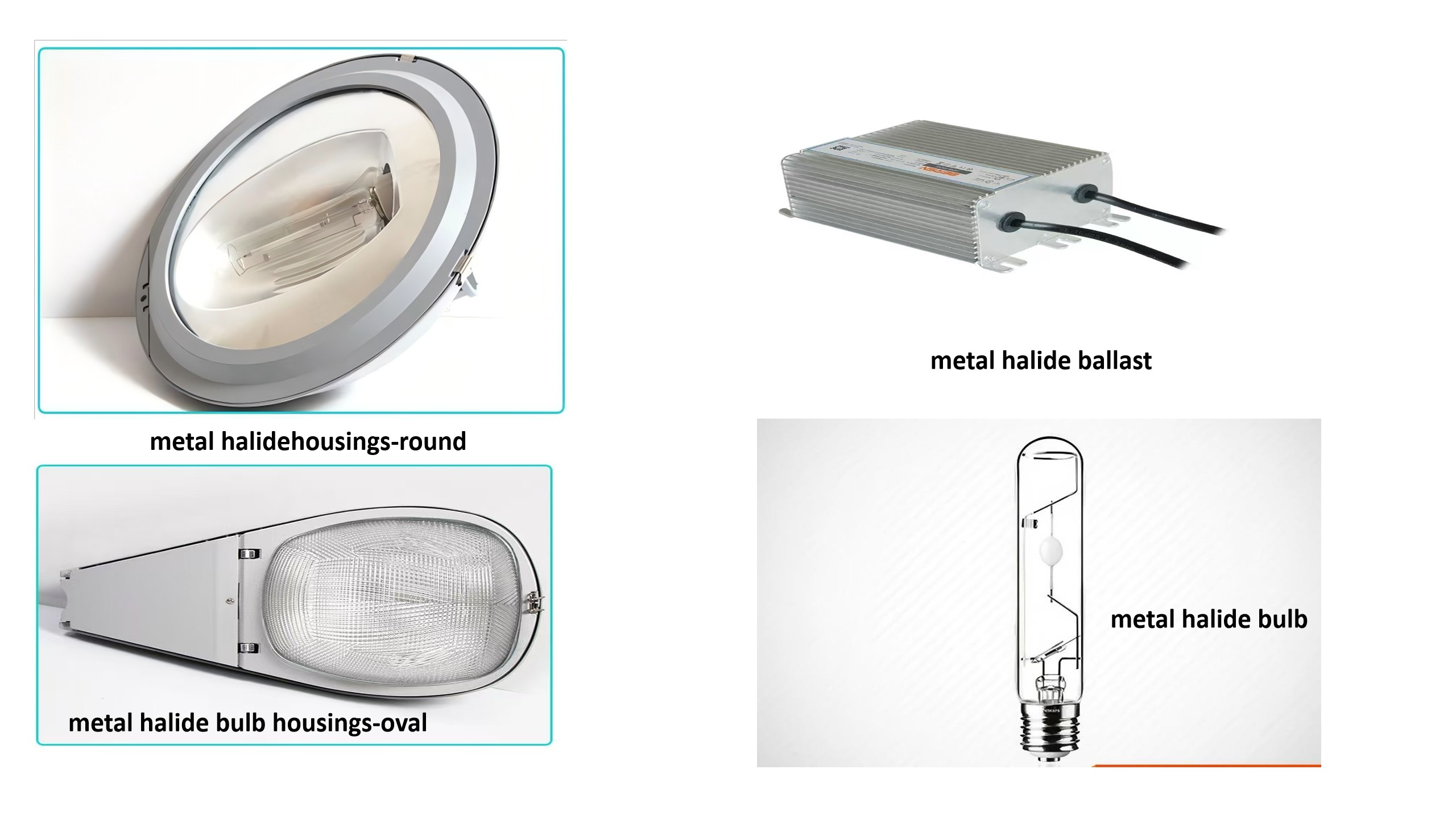
Action Taken: Installed street light led retrofit kit into the existing housings
Outcome:As a result of this retrofit, we achieved over 60% led street light energy savings, preserved the original architectural style of the streetscape, and avoided lengthy permitting and trenching work. Overall, the total led street lighting upgrade cost was reduced by more than 35% compared to full replacement. As one project stakeholder put it: “This retrofit allowed us to maintain historic aesthetics while bringing our downtown lighting up to modern performance standards—all within budget.”
Option 2: Full Fixture Replacement — Best for Failing Infrastructure
By contrast, in other urban areas where the original fixtures were heavily corroded, damaged, or outdated, a full replacement made more sense.
Replacing the entire metal halide fixture with a fully integrated LED luminaire offers several key advantages:
– Unlocks modern optics for better light distribution
– Enables smart controls (e.g., motion sensors, DALI, Zigbee)
– Provides modern aesthetics aligned with smart city goals
– Often comes with extended warranties (5–10 years)
However, this option typically involves several trade-offs:
– Higher upfront capital investment
– More complex permitting and installation procedures
– Potential disruption to existing infrastructure
Planning Your led street lights retrofit: What to Know First
Conduct a Lighting Survey
To ensure proper led street light design, it’s essential to conduct a thorough lighting survey. Key data points to collect include:
Pole height and led street light pole distance calculation
light fixture mounting bracket length
Existing wattage and the current light distribution type (e.g., IES Type II, III, or V)
Voltage at each fixture
Ground-level lux measurements under existing lighting conditions
Pro tip: I’ve used drones and handheld lux meters during night-time audits to map actual light spread. This technique is highly effective for verifying uniformity and avoiding dark spots before final installation.
Match Delivered Lumens, Not Just Wattage
Don’t fall into the wattage trap. Match effective lumens instead:For example, a metal halide 250w lamp typically outputs around 12,000 to 14,000 lumens, which can be effectively replaced by a street light led 100w. Similarly, a metal halide lamp 400w, delivering approximately 20,000 to 24,000 lumens, can be replaced by a 150w led street light while maintaining—or even improving—lighting performance.
Select the Right Optics
Selecting the right optic type is essential for achieving effective and uniform light distribution in different environments. Type II optics are ideal for narrow walkways and side streets, providing a long, narrow light pattern suitable for paths and smaller roads. Type III optics are commonly used on wider residential streets or collector roads, offering broader coverage across medium-width areas. For parking lots and large open zones, Type V optics deliver a circular, symmetrical distribution that ensures consistent illumination in all directions.
Prioritize Thermal Management
When evaluating LED street lights, led street light heat sink design should be a top priority. Be sure to check for robust aluminum LED street light housing, ample heat sinking, and a wide operating temperature range that suits your local climate. In one of our earlier projects, Our customer installed low-cost units that suffered from led street light failure during a Texas heatwave—a costly mistake that could have been avoided. Remember: heat is one of the leading causes of premature failure, and investing in proper thermal design ensures long-term performance and reliability.
Consider Smart Features
To future-proof your street lighting infrastructure, it’s essential to integrate smart features that improve both energy efficiency and operational control. Begin with Start with led street light photocell for automated dusk-to-dawn activation, ensuring lights operate only when necessary. Incorporate led street light motion sensor to enable adaptive lighting that responds to real-time pedestrian or vehicle movement. For precise brightness control, implement DALI or 0–10V dimming protocols tailored to traffic flow or scheduling needs. Finally, deploying wireless nodes allows for centralized, iot based smart led street lighting system—paving the way for seamless smart city integration and long-term scalability.
LED Retrofit Installation: Step-by-Step
Turn Off Power: Lockout/tagout procedures are a must.
Remove Old Components: Disconnect the mh lamp, reflector, and mh ballast.
Install New LED Kit or Fixture: Ensure optics align with the roadway.
Waterproof & Secure Wiring: Use IP-rated connectors and sealants.
Test the System: Verify lux levels, light pattern, and sensor function.
Document Everything: Photo records and log sheets streamline future maintenance.
Pro tip: Create a repeatable checklist for your crew. It boosts consistency and minimizes installation errors.
Compliance & Environmental Best Practices
Dark Sky Compliance: Use full-cutoff fixtures to reduce led street light pollution.
Certifications: Ensure products are RoHS, CE, and UL listed.
Disposal: halide bulbs must be recycled as hazardous waste due to mercury content.
Common Retrofit Pitfalls to Avoid:
Incorrect optics for roadway width
Misjudging lumen requirements
Buying substandard retrofit kits
Ignoring voltage variations (especially in 277V/347V grids)
Spend more upfront on quality—it saves you in failures, callbacks, and lost credibility.
Looking Ahead: Smart City Integration
led modern street lamp lays the groundwork for:
Adaptive brightness based on traffic or time
Embedded air quality and traffic sensors
Connected city dashboards for energy reporting
Conclusion: A Bright, Efficient Future
Retrofitting metal halide street lamp with LED is more than an upgrade—it’s a transformational shift toward energy efficiency, reduced maintenance, enhanced public safety, and smart city readiness.With the right approach and components, your retrofit project can yield immediate benefits and long-term value for years to come.Need help with a retrofit project or selecting the right LED solution? Reach out—we’ve done it before and can guide you through every step.
FAQ
Q1: What is the lifespan of an LED street light compared to a halide metal lamp?
A: LED street lights typically last 50,000–100,000 hours, while metal halide mh lamps last only 500–6,000 hours, depending on usage and quality.
Q2: Is retrofitting metal halide lights to LED cost-effective?
A: Yes. Retrofitting can reduce energy costs by 50–70% and maintenance costs by up to 80%, often achieving ROI in less than 3 years.
Q3: Can I retrofit existing fixtures or do I need to replace the entire street light?
A: Both are viable options. Retrofit kits are ideal for well-preserved fixtures, while full replacement is recommended for damaged or outdated systems.
Q4: are led lights better for the environment?
A: Absolutely. LEDs contain no mercury, reduce CO₂ emissions, and are fully recyclable, making them an eco-friendly alternative.
Q5: How do smart controls improve LED street lighting?
A: Smart features like motion sensors, dimming protocols, and centralized control systems optimize energy use and adapt to real-time traffic conditions.
Q6: What is the best color temperature led street lights?
A: It depends on the environment. 4000K–5000K is ideal for urban roads and highways, offering clear visibility while minimizing glare.
